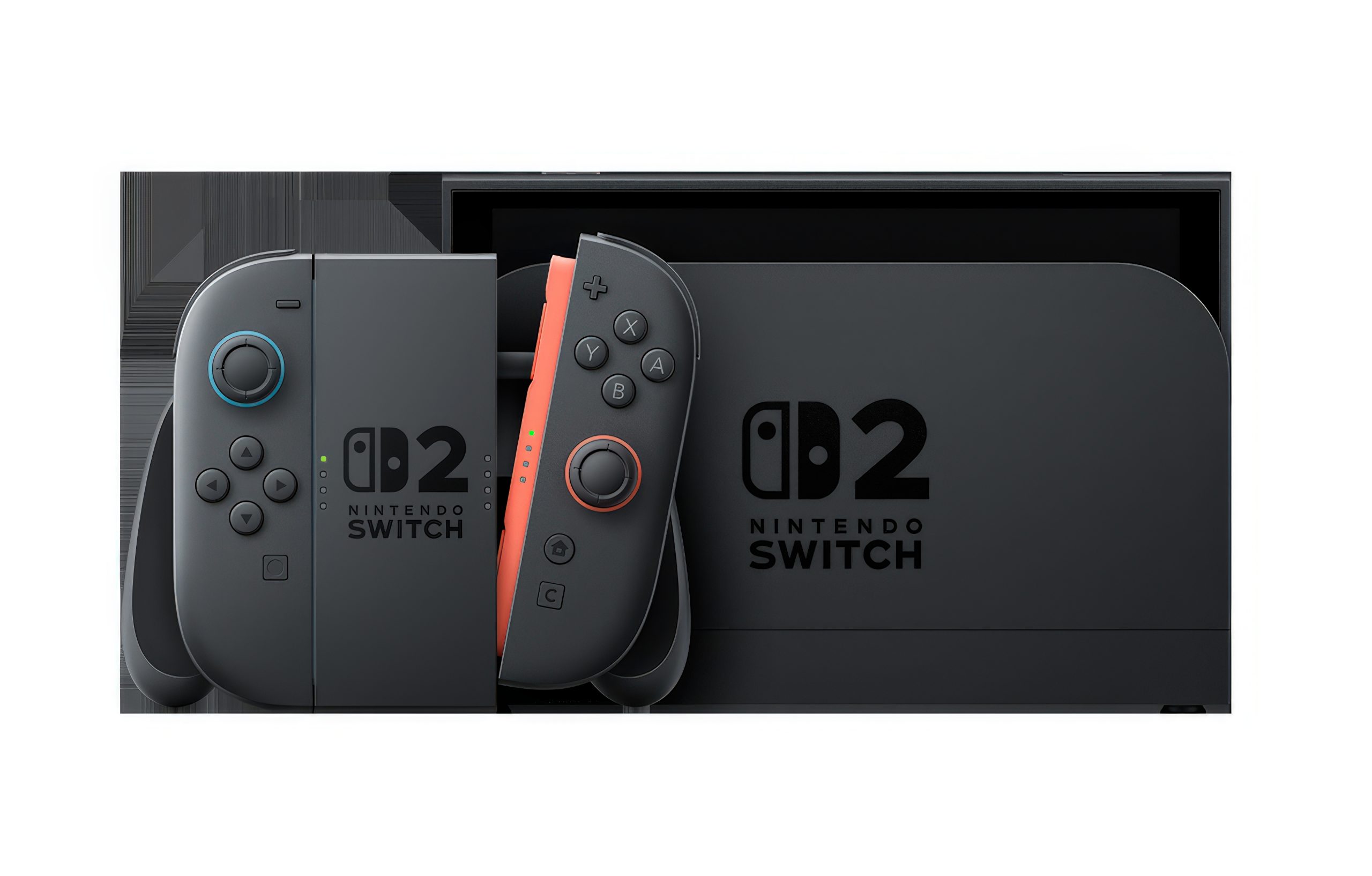The long-rumored Nintendo Switch 2 is shaping up to be a curious hybrid of past and present consoles. 
According to Black Shamrock’s Technical Director Eoin O’ Grady, the GPU performance of Nintendo’s next-gen console comes surprisingly close to the Xbox Series S-at least when docked. In handheld mode, the gap grows more apparent, but the inclusion of NVIDIA’s DLSS tech helps narrow the performance chasm significantly.
O’ Grady explained that most games already running at 60 FPS on the Series S should port to the Switch 2 without major hurdles. On the GPU front, despite being slightly behind the Series S in raw power, DLSS gives the Switch 2 a competitive edge in upscaling and image fidelity. By contrast, the Series S lacks support for such tech, placing the Switch 2 in an interesting spot-especially for third-party developers.
On the CPU side, however, the Switch 2 lags a bit, sitting somewhere around or just above the PlayStation 4 in performance. This could lead to challenges in CPU-heavy titles, particularly those involving complex animations, AI systems, or physics simulations. But with thoughtful optimization, developers can still hit smooth framerates.
One interesting point made in the interview is that DLSS may not be necessary-or even useful-for certain Nintendo first-party titles. Games like Mario Kart World and Donkey Kong Bananza focus more on stylized visuals and consistent frame rates than pushing the hardware to its limits. These games were designed to perform well on the original Switch and, as such, already hit 60 FPS without DLSS. However, DLSS still holds huge promise for visually intensive third-party ports like Cyberpunk 2077, where the Switch 2 version benefits visibly from the AI upscaling.
DLSS implementation isn’t a copy-paste from PC. Developers must adapt their code to Nintendo’s proprietary NVN2 graphics API, which is why not all games support it yet. O’ Grady noted that this extra workload may be causing some developers to delay DLSS support for their initial Switch 2 ports.
Performance comparisons with the Xbox Series S might dominate headlines, but many fans are more curious about how the Switch 2 stacks up against its predecessor. While Nintendo hasn’t officially released side-by-side specs, early impressions point to a notable upgrade-particularly in GPU capabilities and image clarity, thanks again to DLSS. Still, questions remain around battery life, value for money, and whether the launch lineup justifies the console’s price tag.
While the Switch 2 is technically competent and offers new features like DLSS and better third-party potential, it enters the market with caveats-limited new exclusive games, a screen some consider a downgrade, and a price that some say doesn’t quite match the hardware leap. One thing’s clear: fans aren’t buying it just for teraflops. It’s still all about the games-and for now, that means waiting for more compelling titles to justify the leap.